In the bustling kitchens of home cooks and professional chefs alike, oyster sauce has long held a revered position. This thick, caramel-colored condiment brings an irreplaceable depth of flavor to stir-fries, marinades, and dipping sauces. But what happens when you reach for that familiar bottle only to find it empty? The culinary world whispers of a potential substitute: a combination of soy sauce, sugar, and starch. Can this trio truly stand in for the complex umami of oyster sauce?
The notion of substituting oyster sauce isn't merely about replacing one ingredient with another—it's about understanding the alchemy of flavors. Traditional oyster sauce derives its distinctive taste from oyster extracts, which undergo a cooking and reduction process that concentrates their natural sugars and proteins. This creates that signature balance of savory sweetness that's so difficult to replicate. When we break down its components, we're essentially trying to reconstruct this balance from different angles.
Soy sauce forms the foundation of many proposed substitutes, and for good reason. Like oyster sauce, it provides saltiness and that all-important umami quality. However, the fermentation process of soybeans creates a different flavor profile—one that's sharper and less rounded than oyster sauce. This is where sugar enters the equation. The addition of sugar helps mimic oyster sauce's inherent sweetness, though it lacks the caramelized depth that comes from the reduction of oyster juices.
The texture of oyster sauce presents another challenge. Its luxurious viscosity comes from both natural gelatin released during the cooking of oysters and often from added thickeners. This is where starch becomes crucial in our substitute mixture. When dissolved and heated, starch creates that familiar clingy consistency that helps sauces coat ingredients evenly. Yet even with these three components, something intangible remains missing—the marine essence, the subtle minerality that only oysters can provide.
Cultural context plays a significant role in how we approach this substitution. In Western kitchens where oyster sauce might be considered a "specialty" ingredient, cooks might be more inclined to experiment with alternatives. Meanwhile, in Asian culinary traditions where oyster sauce is a pantry staple, the idea of substitution might seem almost sacrilegious. This difference in perspective highlights how ingredient availability shapes our cooking philosophies and techniques.
Practical experimentation reveals both the possibilities and limitations of the soy-sauce-starch-sugar combination. When used in a pinch for simple stir-fries or as a marinade component, the substitute can perform admirably. The soy provides saltiness and umami, the sugar rounds out the flavor, and the starch gives body to the sauce. However, in dishes where oyster sauce plays a starring role—such as in certain Cantonese braises or as a finishing glaze—the difference becomes markedly apparent. The substitute lacks the layered complexity that makes oyster sauce so distinctive.
Nutritional considerations further complicate the substitution equation. Commercial oyster sauces often contain additional ingredients like monosodium glutamate (MSG) and preservatives, while homemade substitutes allow for more control over what goes into the mixture. The soy-based alternative typically contains less sugar than commercial oyster sauces, potentially making it a better option for those monitoring their sugar intake. However, it's worth noting that neither version is particularly nutrient-dense—they're condiments meant to be used sparingly to enhance flavor rather than provide substantial nutritional value.
The conversation about substitutions inevitably leads us to question our very approach to cooking. In an era where many home cooks seek perfect replicas of restaurant dishes, we might be missing the point of culinary improvisation. Perhaps instead of trying to exactly duplicate the flavor of oyster sauce, we should embrace the unique qualities that alternative combinations bring to a dish. After all, some of the world's greatest culinary innovations emerged from necessity and creative problem-solving.
For those committed to finding an alternative to oyster sauce, numerous variations on the basic soy-sugar-starch formula exist. Some cooks add a splash of fish sauce for extra umami depth, while others incorporate mushroom powder to approximate the earthy notes. A small amount of molasses or dark brown sugar can provide a closer approximation to oyster sauce's caramelized quality. These tweaks demonstrate how culinary substitution is rarely a simple one-to-one exchange but rather a process of balancing and layering flavors.
Ultimately, the effectiveness of any oyster sauce substitute depends on context—both the specific dish being prepared and the palate of those who will eat it. While professional chefs might turn up their noses at the idea of substitution, home cooks understand that kitchen improvisation keeps everyday cooking exciting and accessible. The soy-sugar-starch combination won't fool anyone into thinking they're eating something made with genuine oyster sauce, but it can produce delicious results in its own right. And isn't that, after all, what cooking is really about?
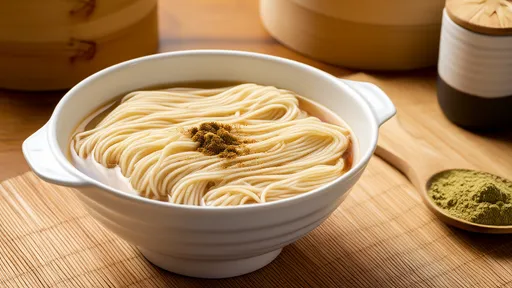
By /Jul 24, 2025
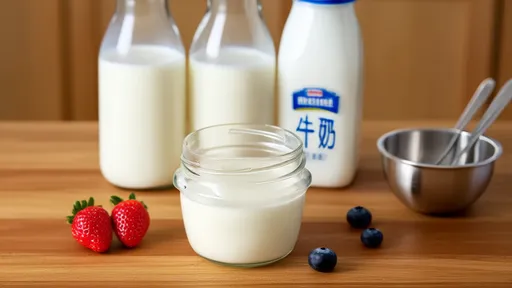
By /Jul 24, 2025
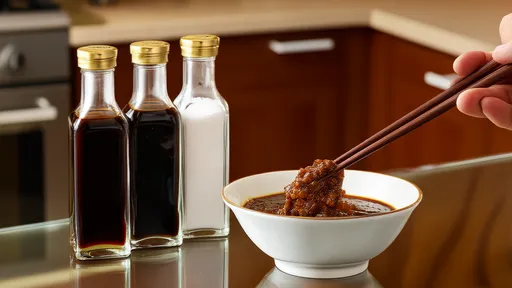
By /Jul 24, 2025
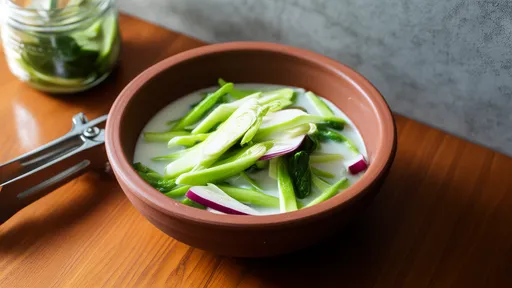
By /Jul 24, 2025
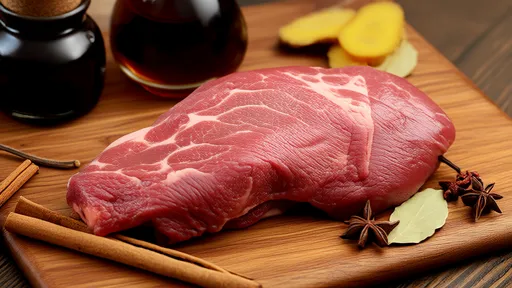
By /Jul 24, 2025

By /Jul 24, 2025

By /Jul 24, 2025
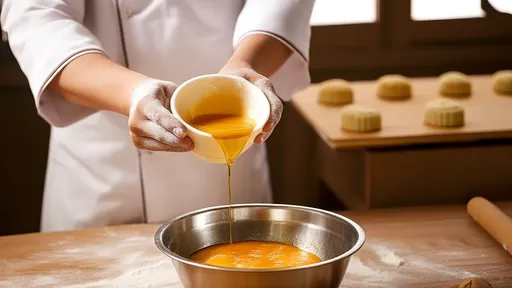
By /Jul 24, 2025

By /Jul 24, 2025
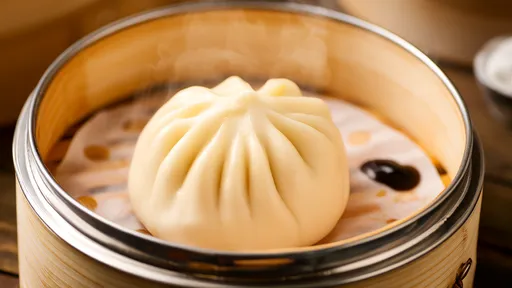
By /Jul 24, 2025

By /Jul 24, 2025

By /Jul 24, 2025

By /Jul 24, 2025
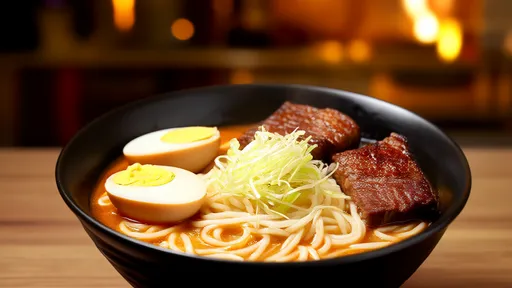
By /Jul 24, 2025
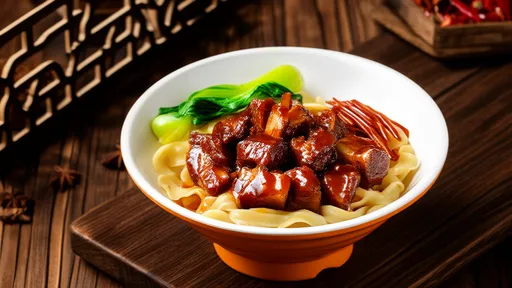
By /Jul 24, 2025
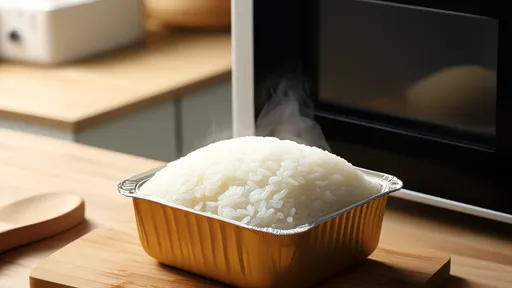
By /Jul 24, 2025
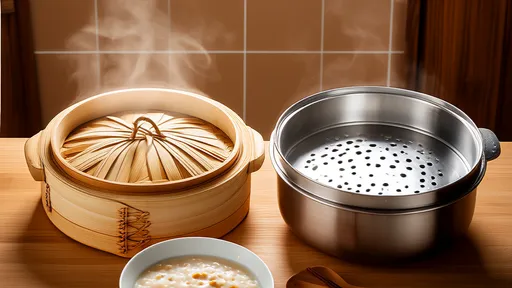
By /Jul 24, 2025

By /Jul 24, 2025